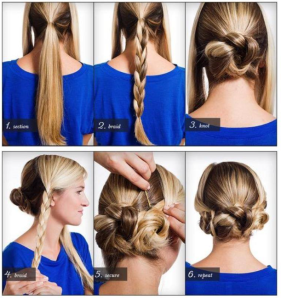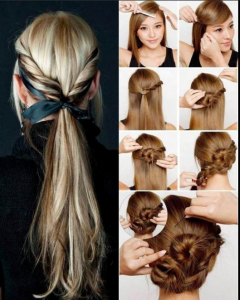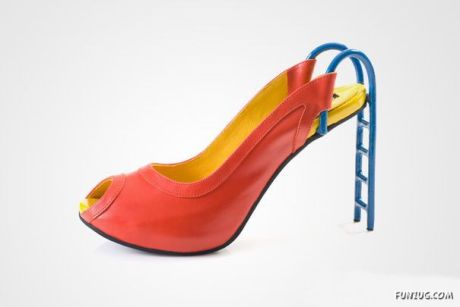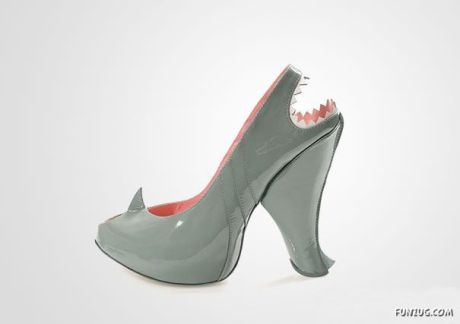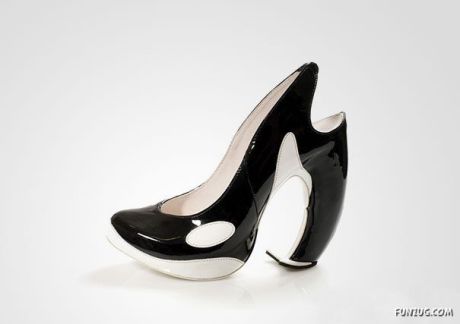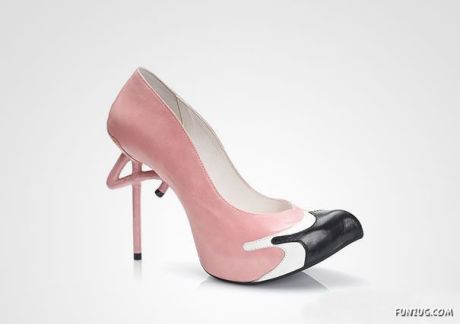The Bisexual Invisibility Report
Published in March 2011, the Bisexual Invisibility report (perhaps more aptly called “the bisexual erasure report” or the “monosexism report”*) is the first report about bisexuality to have been released by a government body in the US. Without a doubt, this is one of the most important texts to have ever been published about bisexuals. Its importance cannot be overstated, as this is one of the only published texts today addressing the material results of monosexism and biphobia on the lives of bisexual people. And just as this report is important, the content thereof is both saddening and infuriating. I’ve gathered a few of the report’s findings, in hopes to shed light on these material effects. In this, I seek to further stress my argument that monosexism is a widespread oppressive system influencing bisexual people in many walks of life.
* I generally oppose the form “bisexual invisibility”, as I believe that “invisibility” is not a trait inherent to bisexuality, but is rather actively socially constructed by bisexual erasure.
Some facts about bisexual health:
Bisexual people experience greater health disparities than the broader population, including a greater likelihood of suffering from depression and other mood or anxiety disorders.
Bisexuals report higher rates of hypertension, poor or fair physical health, smoking, and risky drinking than heterosexuals or lesbians/gays.
Many, if not most, bisexual people don’t come out to their healthcare providers. This means they are getting incomplete information (for example, about safer sex practices).
Most HIV and STI prevention programs don’t […] address the [specific] health needs of bisexuals, much less those [who have sex with people of more than one gender] but do not identify as bisexual.
Bisexual women in relationships with monosexual partners have an increased rate of domestic violence compared to women in other demographic categories.
The report states a wide-scale research performed between the years 2003-2007 in which the researchers looked at health disparities between lesbians and bisexual women, and found that:
Bisexual women showed significantly higher rates of poor general health and frequent mental distress, even after controlling for confounding variables.
Bisexual women were more likely to be current smokers and acute drinkers.
Some facts about bisexual mental health:
The researchers in the above survey also compared between the frequency of mental distress for lesbians and bisexual women in urban and nonurban environments. They’ve found that whereas “[i]n nonurban areas, lesbians and bisexual women experience similar levels of frequent mental distress, the odds of frequent mental distress decrease significantly for lesbians in urban areas, while [becoming] nearly double for bisexual women” (emphasis in original). The researchers theorize that the reason for this is that gay and lesbian communities are more well-organized in urban areas, contributing to the isolation of bisexual people who experience rejection while seeking support, once outside of their home communities.
Another disturbing fact is that bisexuals are far likelier to feel suicidal than heterosexuals, gays and lesbians. One Canadian research found that whereas 9.6% of straight women and 29.5% of lesbian women reported feeling suicidal, suicidality among bisexual women was found to be as high as 45.4%. As for men, whereas 7.4% of straights and 25.2% of gays reported suicidality, bisexuals who reported suicidality made up 34.8% of the respondents. (Unfortunately, this research does not differentiate between cisgender and transgender people, and leaves out people of non-binary genders).
Another research, this time in Britain, found that young and middle-aged bisexual adults reported poorer mental health than any other sexual orientation group examined. The researchers even go as far as saying that “[p]revious studies may have overstated the risk of mental health problems for homosexuals by grouping them together with bisexuals.”
Some facts about bisexual poverty and economic oppression:
The wide-scale health research which I mentioned above also found some disturbing information about bisexual poverty:
Bisexual women had significantly lower levels of education, were more likely to be living with income below 200% of the federal poverty level, and had more children living in the household.
Bisexual women were significantly less likely to have health insurance coverage and more likely to experience financial barriers to receiving healthcare services.
Another research, this time in California found that “while gay men earned 2-3% less than straight men and lesbians 2.7% less, bisexual men earned 10-15% less and bisexual women nearly 11% less.”
A 2009 study about poverty analyzed data from three surveys, and found that “bisexual women are more than twice as likely as lesbians to live in poverty (17.7% compared to 7.8%), and bisexual men are over 50% more likely to live in poverty than gay men (9.7% compared to 6.2%)” (emphasis in original).
Another form of economic oppression which the report identifies is lack of funding: in years 2008 and 2009, out of over 200 million dollars given by US foundations to LGBT organizations as grants, not a single dollar in all the country went towards funding bisexual-specific organizations or projects. This “LGBT” money did not “trickle down” to bisexuals, either: a survey conducted by the editors of the report, found that most LGBT organizations in San Francisco (who were willing to reply to a survey about bisexuality) do not offer content that is targeted specifically towards bisexuals. This is added by another finding: that whereas bisexual people make up the single largest group among LGBT’s, “only 3-20% of the people accessing LGBT-focused services are bisexual.”
Conclusion
When looking at this information, it becomes clear beyond doubt that deep, severe and wide-scale oppression of bisexuals exists. A huge part of this oppression, of course, is enabled as result of bisexual erasure and of monosexism – the social presumption that we all are or should be monosexual. This information sheds light on the social punishment system working on people who disobey society’s monosexual rule. Bisexual erasure contributes to this oppression since bisexuality is not acknowledged as a sexual identity, bisexuals are not acknowledged as a group, and meaning that uniquely bisexual issues likewise undergo erasure. The information in this report points both to the lack (not to mention disprivilege) and to the great need of addressing and acting on/against issues specifically related to bisexuals, biphobia and monosexism.


